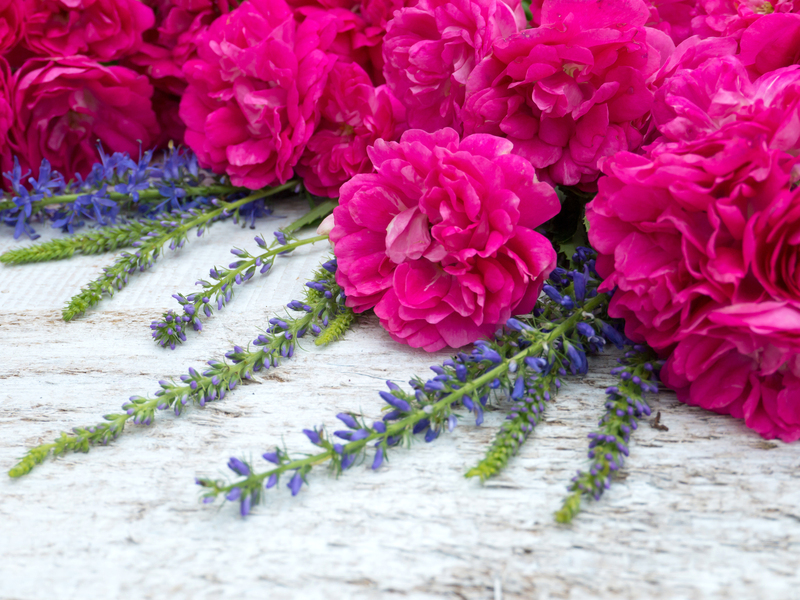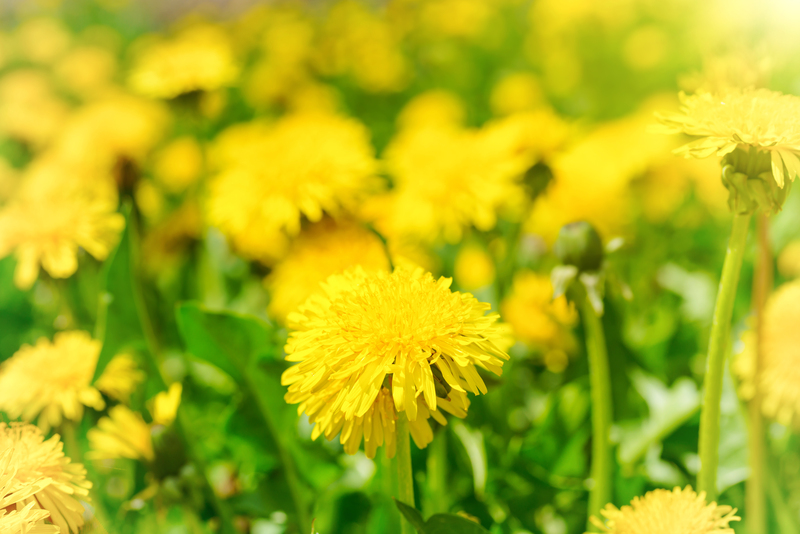Transform Your UK Garden with These 9 Ground Cover Plants
Posted on 16/05/2025
Transform Your UK Garden with These 9 Ground Cover Plants
The lush, vibrant allure of a well-maintained garden is something all homeowners covet. However, maintaining that visually appealing, low-maintenance garden space can be challenging, particularly in the UK's varied climate. Introducing ground cover plants into your garden offers a fantastic solution, creating a tapestry of greenery that not only highlights the beauty of your main plants but also suppresses weed growth and aids soil conservation. Discover the top nine ground cover plants perfect for transforming your UK garden into a verdant paradise.
Understanding Ground Cover Plants
Ground cover plants are low-growing, sprawling plants used to cover sections of garden beds, borders, and even large patches of lawn. These plants are not only admired for their aesthetic enhancement but also for their utility. They protect the soil from erosion, retain moisture, and even outcompete weeds, reducing the need for ongoing maintenance. Here's a look at how different varieties can enhance your garden's aesthetic appeal:
The Benefits of Using Ground Cover Plants
- Weed Suppression: Their dense growth habit helps in crowding out unwanted weeds, offering a naturally tidy appearance without the use of chemicals.
- Soil Erosion: These plants help in stabilizing soil, particularly on slopes or in areas prone to erosion.
- Moisture Retention: Ground cover plants trap moisture in the soil, ensuring healthy growing conditions for other plants.
- Temperature Buffer: They insulate the soil, which helps moderate root temperatures, providing a more stable environment.

Top 9 Ground Cover Plants for UK Gardens
1. Sedum (Stonecrop)
Sedum is a resilient choice for any UK garden, known for its fleshy leaves and star-shaped flowers. This drought-tolerant plant thrives in dry conditions with minimal care. Sedum is perfect for those sunny spots in your garden where other plants might struggle. Available in various colors, this plant adds texture and appeal throughout the year.
2. Vinca minor (Lesser Periwinkle)
A favorite among UK gardeners, Vinca minor boasts glossy green leaves and stunning blue or purple flowers. Its evergreen nature ensures year-round coverage and requires little maintenance once established. This plant can thrive in both sunny and shady conditions, making it versatile for various garden spaces.
3. Geranium (Cranesbill)
The hardy Geranium offers vibrant foliage and a profusion of blooms in a spectrum of colors from pinks to lilacs. Perfect for borders or underplanting shrubbery, this perennial flourishes in the cooler UK climate, providing a long display of color and rich foliage.
4. Ajuga reptans (Bugle)
Known for its striking foliage, Ajuga reptans delivers a carpet of deep purples and reds, along with spires of blue flowers in spring. It grows well in shadier spots, making it an ideal partner for woodland gardens or between shrubs and trees.
5. Alchemilla mollis (Lady's Mantle)
With its rounded, velvety leaves and lime-green clusters of flowers, Alchemilla mollis is a staple of traditional English gardens. Its soft look and ability to self-seed make it an excellent choice for informal gardens and cottage-style plantings.
6. Thymus serpyllum (Wild Thyme)
This aromatic, low-growing herb is not only edible but also attracts pollinators such as bees and butterflies. Thriving in sunny spots, it releases a delightful scent when stepped on, making it ideal for pathways or rock gardens. Its small purple flowers add to its attraction.
7. Hedera helix (Common Ivy)
Common ivy is an exceptional choice for ground cover under trees where little else will grow. With its evergreen nature, it provides year-round interest and can handle both full sun and full shade. Its vigorous growth ensures rapid coverage, but it should be monitored to prevent it from overtaking other plants.
8. Camomile (Chamaemelum nobile)
Camomile offers both fragrance and floral beauty with its small, daisy-like flowers and delicate foliage. Often used in relaxation-themed gardens due to its soothing aroma, it fares well in sunny spots and provides a soft green carpet that is both functional and beautiful.
9. Convallaria majalis (Lily of the Valley)
Lily of the Valley is renowned for its fragrant, bell-shaped white flowers set against deep green leaves. Favoring shady, woodland conditions, it blooms in late spring and offers a pleasing contrast with other shade-loving plants. It spreads slowly but steadily, creating a charming ground cover over time.
Choosing the Right Ground Cover for Your Garden
When selecting ground cover plants, consider the light and soil conditions of your Garden. Some plants prefer sunny, dry areas while others thrive in the cool shade. Each plant has unique watering needs, so it's crucial to match your selection with your garden's environmental conditions. By combining different species, you can achieve a multi-season display with varied textures, colors, and bloom times.

Installation and Maintenance Tips
- Soil Preparation: Ensure the soil is well-prepared before planting. Amend it with organic matter to provide the best start for your ground cover.
- Planting Distance: Consider the plant's growth habits and spacing needs. This allows each plant to spread without overcrowding.
- Watering Needs: Initial watering is crucial until plants are established. Later, most ground covers require minimal watering unless in drought-like conditions.
- Pruning and Management: Regularly monitor growth, especially for aggressive spreaders. Prune back to keep plants in check and promote healthy growth.
Conclusion
Incorporating these ground cover plants into your UK garden offers both aesthetic and practical benefits. From the sunny banks to shady corners, there is a ground cover plant suited for every area, transforming your garden into a rich landscape of textures and colors. By making thoughtful selections and offering slight maintenance, your garden can achieve a naturally lush and picturesque appearance all year round.

